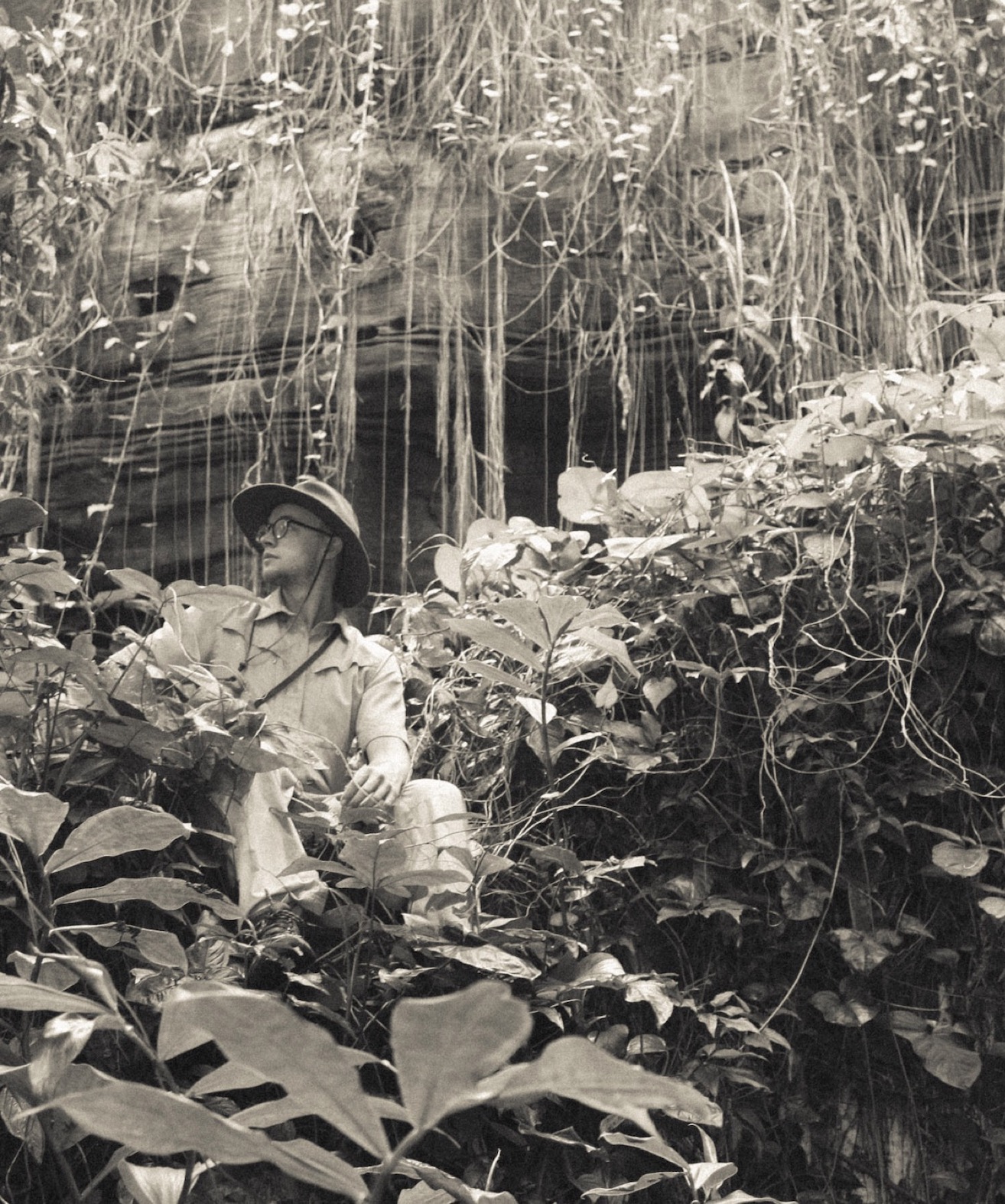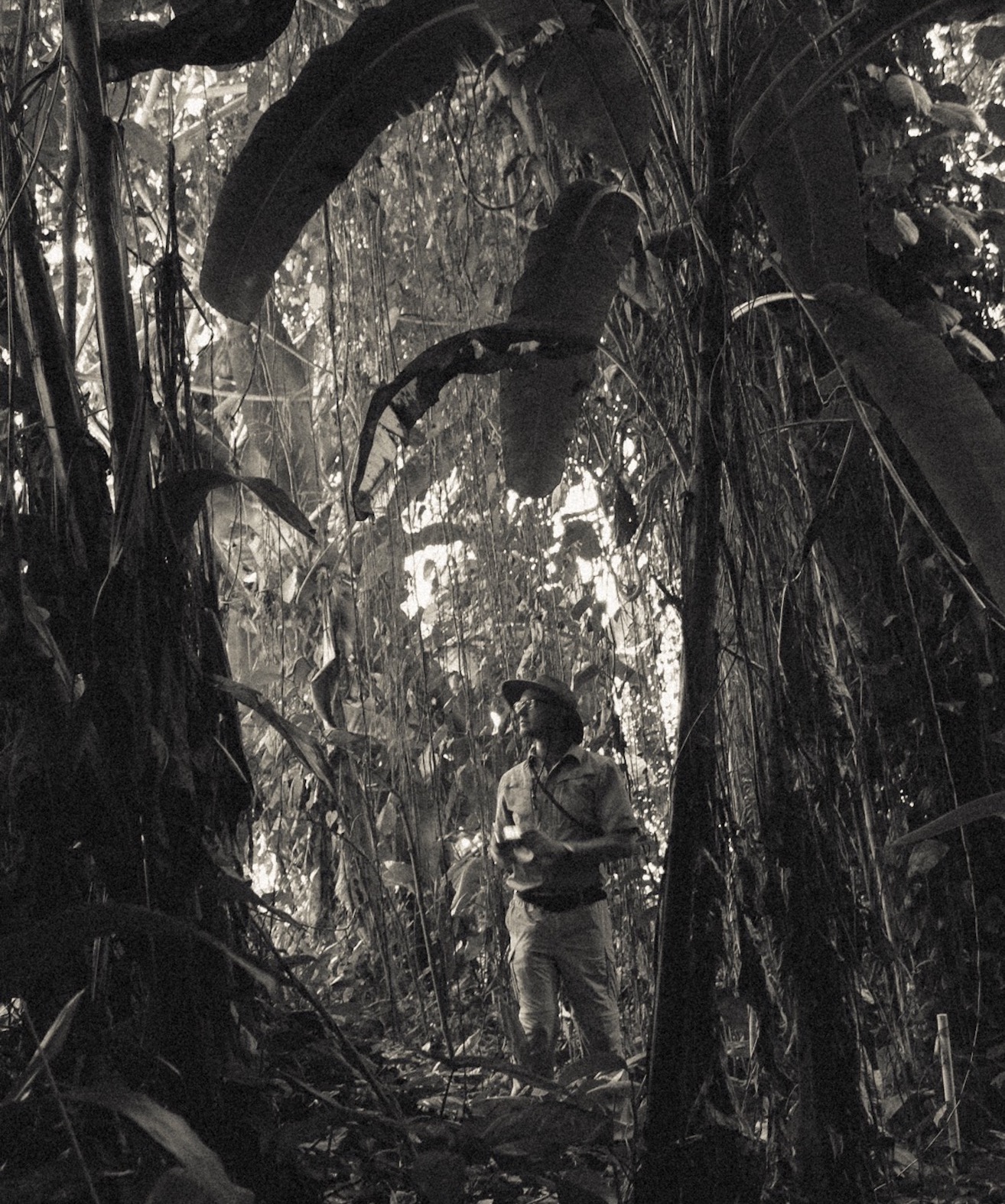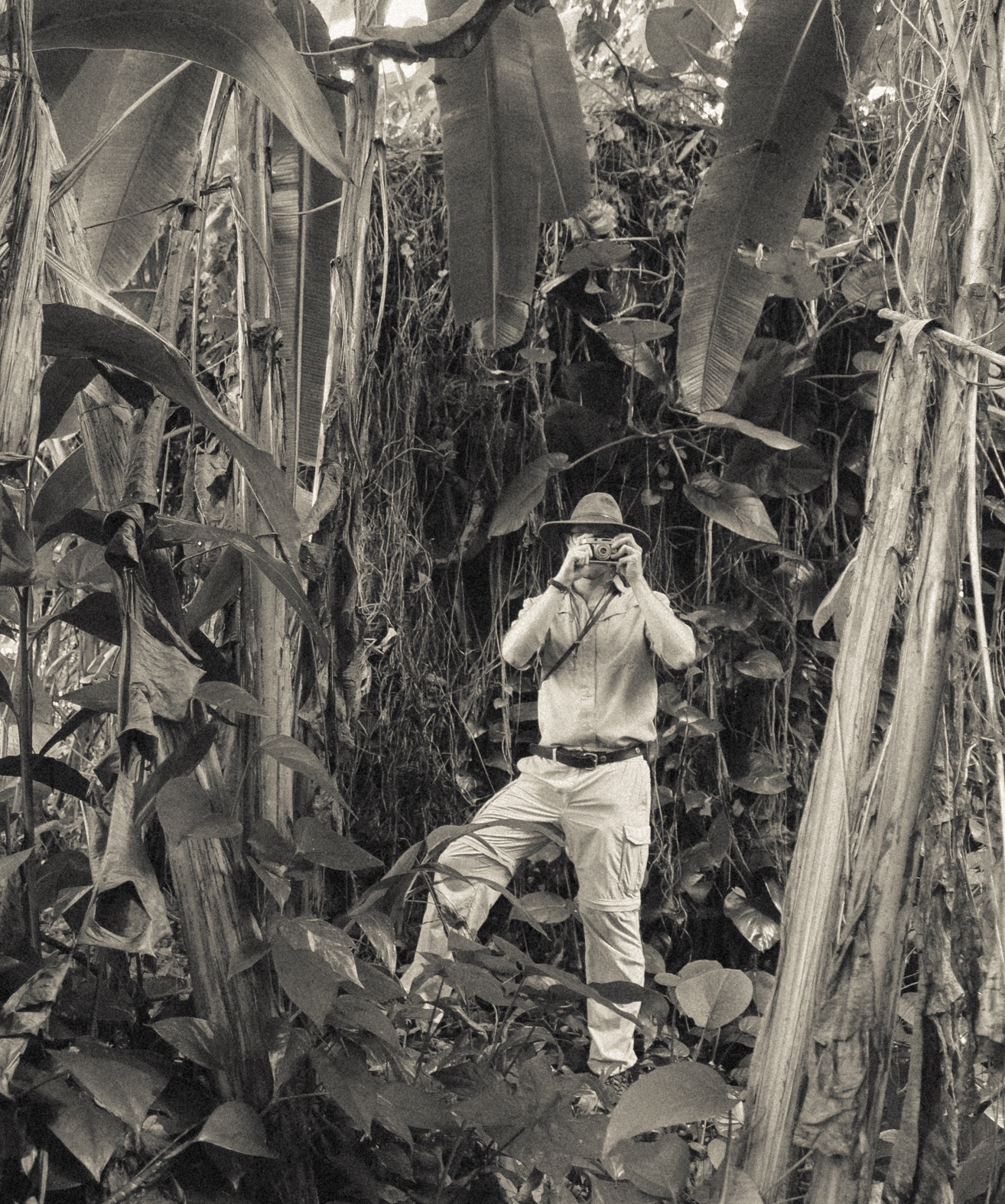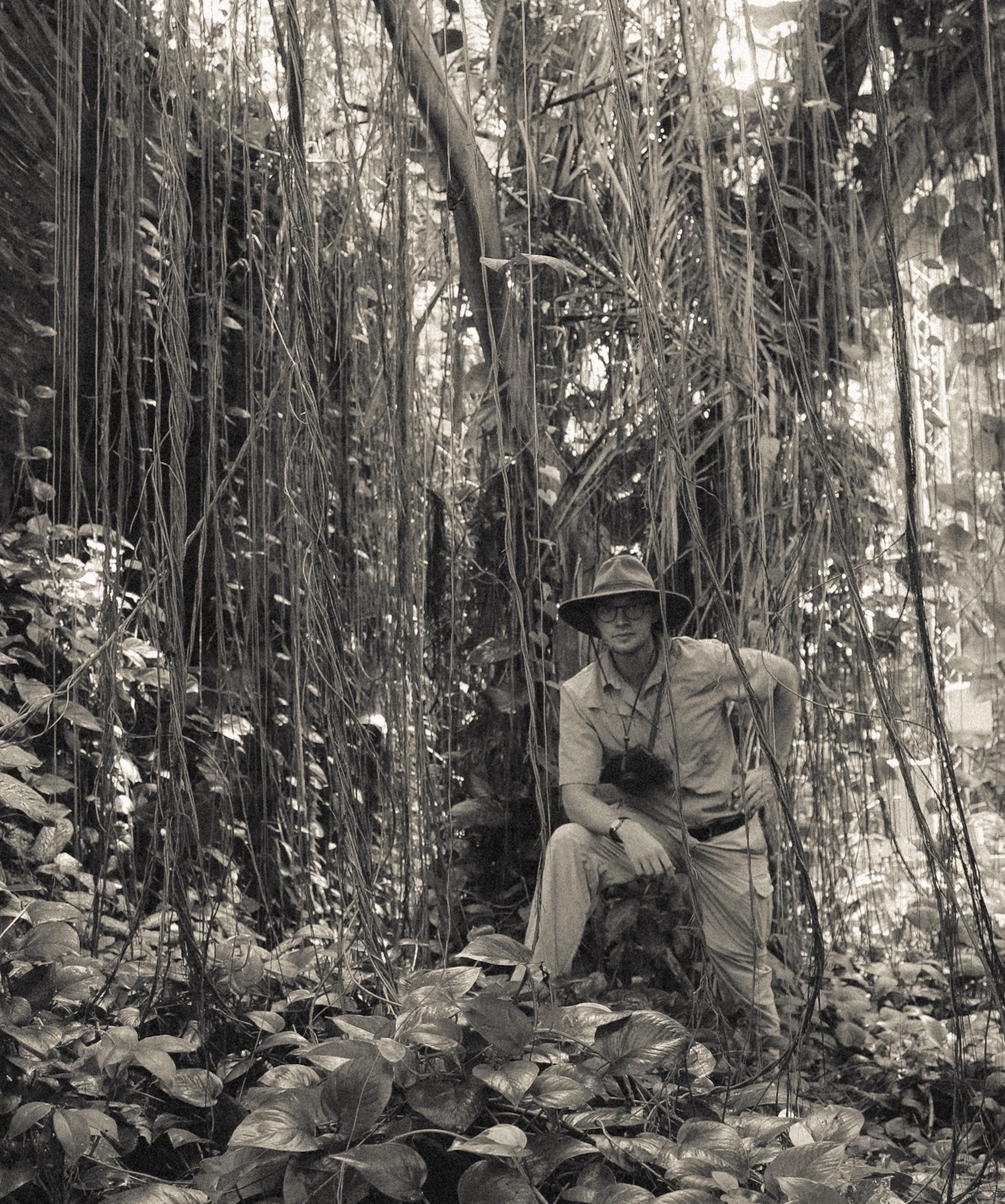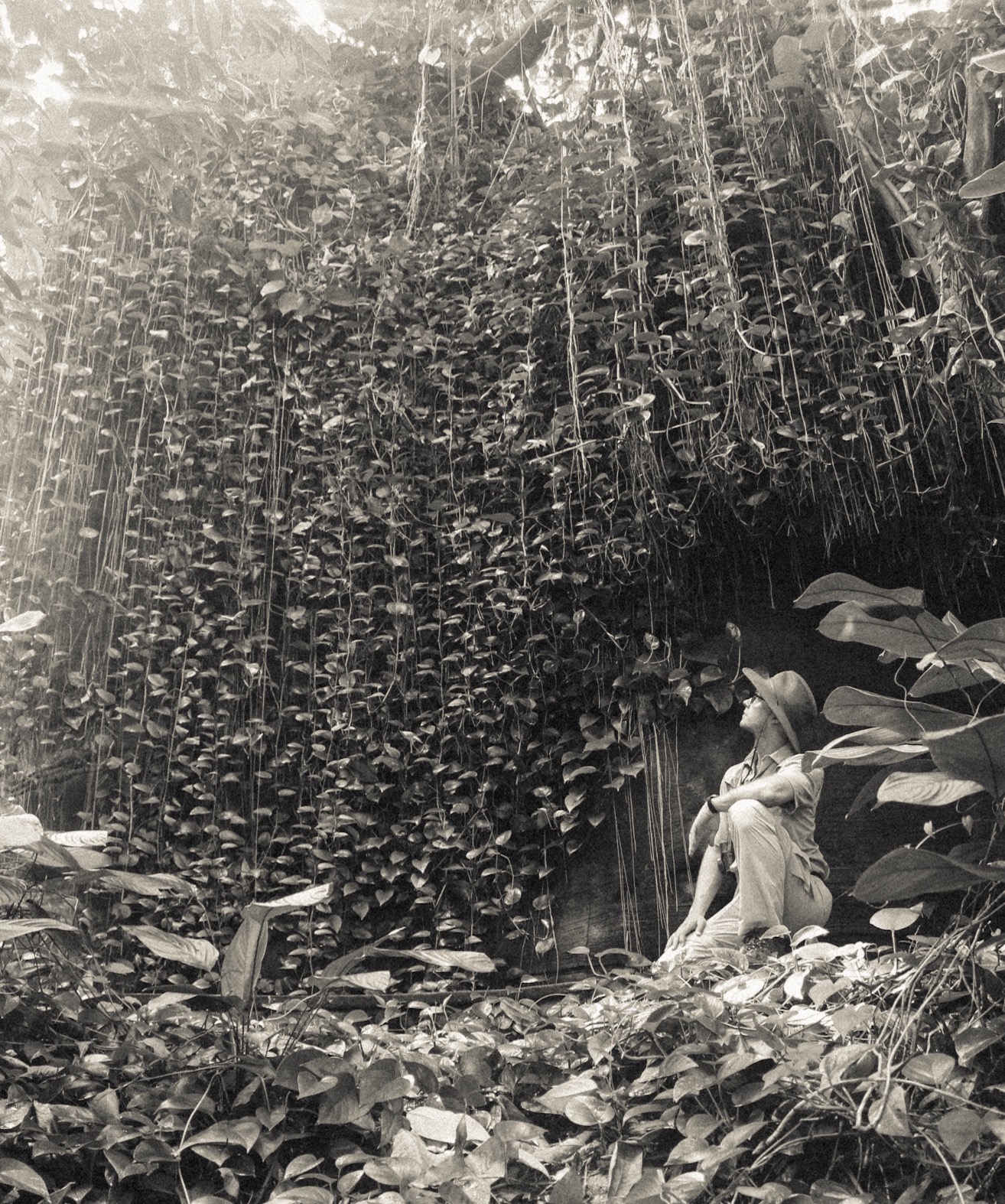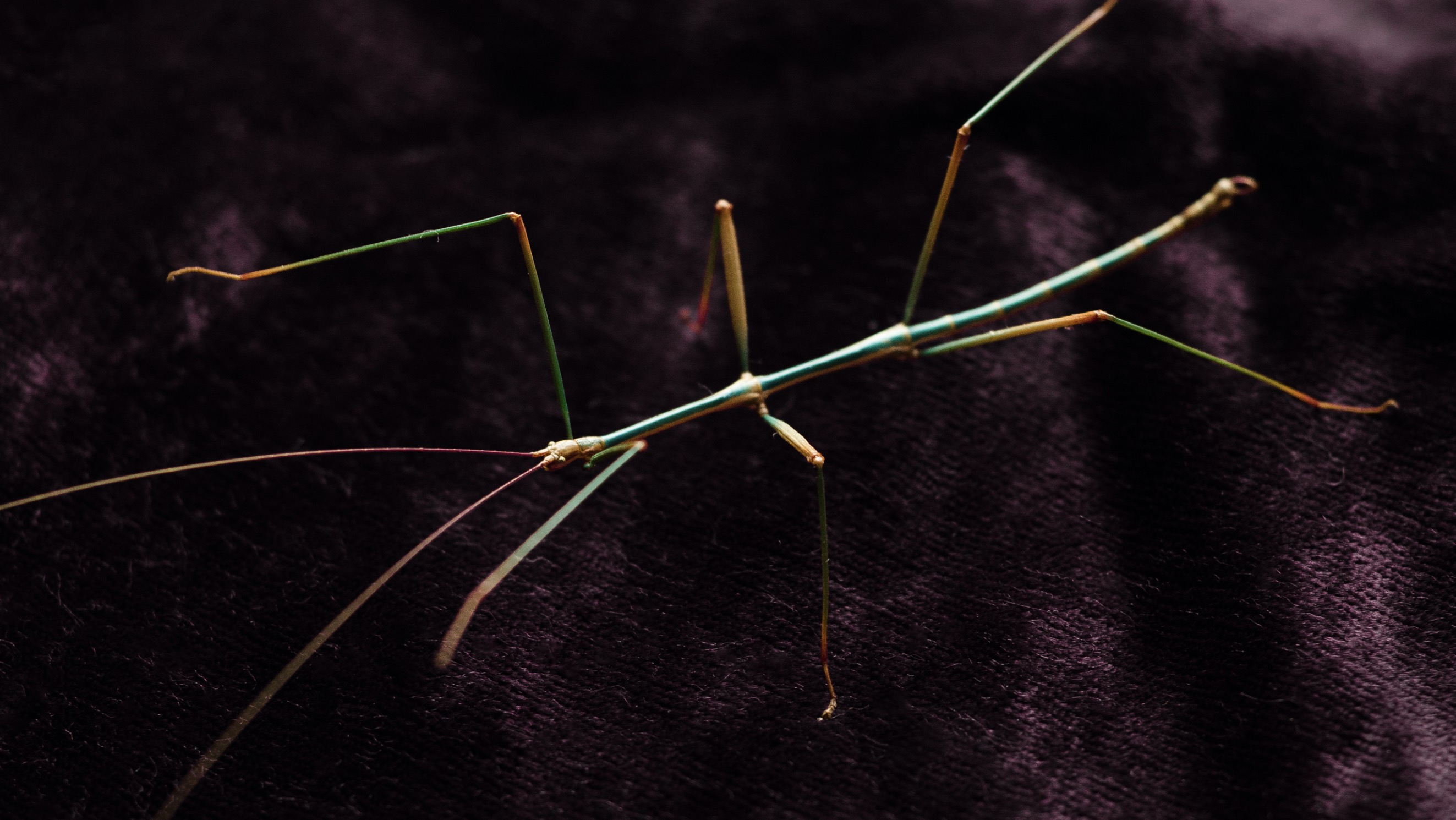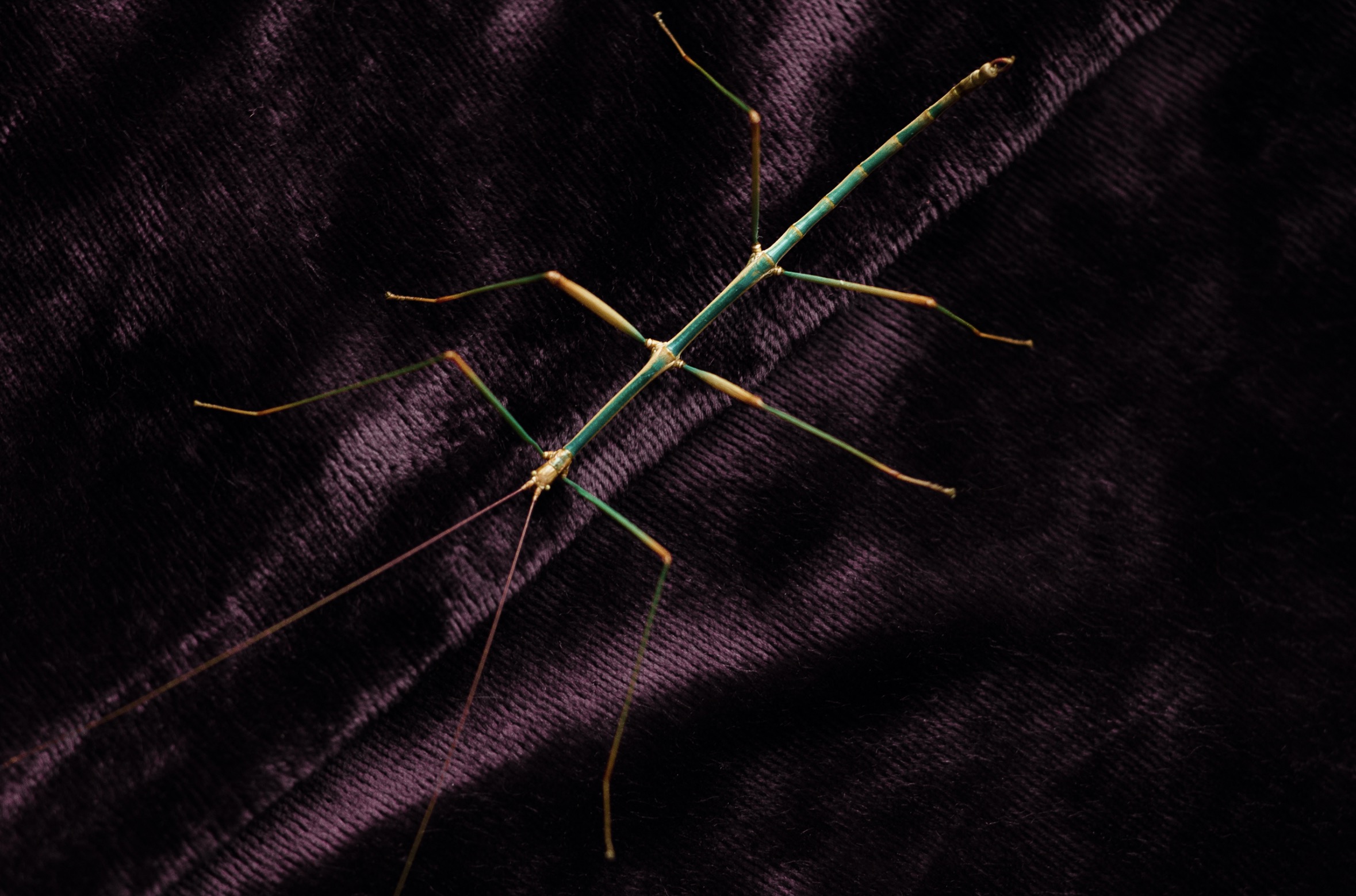The Incredible Entomological Specimens of Dr. Charles Baird
Photographic archive, compiled 2017.
Perhaps my late grandfather, Dr. Charles Baird, was a scientist and artist who specialized in the taxonomy and ecology of the leaf-mimic insects in the Phylliidae family. Using oil paints, bronze, and delicate brushes made from the hair of his cat, Bast, he developed an intricate method of lost-model casting and produced dozens of stunningly detailed, life-sized replicas of the insect specimens he collected during his field expeditions.
Charles was born in a small town north of Tucson, Arizona in 1928. After studying entomology at the University of Arizona, he traveled to Suriname to research plant mimicry in insects. From 1955 to 1968, he led more than a dozen expeditions throughout the Amazon and identified seventeen new species in the Phylliidae family before a near-fatal field accident forced him to return to his family home in Arizona. Unable to continue his fieldwork, he devoted himself to painting and metalwork and spent the two decades preceding his death in 1991 creating meticulous, lifelike replicas of the insects he had collected in his youth.
Phylliid insects represent some of the most stunning examples of mimicry in the natural world, perfectly camouflaging into their tropical habitat: they spend their entire lives in a state of natural crypsis. Because the lost-model casting technique my grandfather used physically replaces the specimens with bronze, his sculptural replicas are virtual copies of the originals—man-made duplicates that interrogate truth and authenticity, originality and manufactured reality.
Collected here are photographs from his final field expedition, as well as images of one of his last sculptures: a delicately painted and stunningly life-like bronze replica of a mimic insect.
